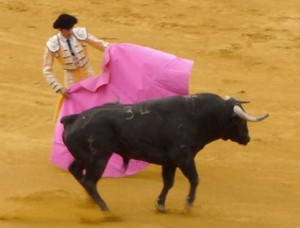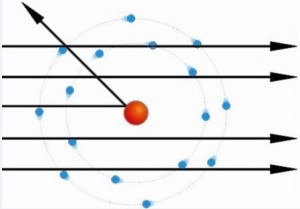Parchin Asphalt: Obstructing Sampling or Sealing the Record?
With the opportunity for significant progress in negotiating a peaceful settlement regarding Iran’s nuclear activities looking better than it has in a long time, I had intended to ignore the latest bleating over developments at Parchin. The complaints did even make their way into the New York Times earlier in the week, so they probably do deserve a response.
Here is how David Albright and pals frame the latest developments:
Recent commercial satellite imagery of the Parchin site in Iran shows the extent of new paving as well as the extent of other alternations undertaken at the site over the past year and a half starting in February 2012. Iran appears to be in the final stages of modifying the suspected high explosive test site at the Parchin complex, having recently asphalted large sections of the site. As noted in several of the International Atomic Energy Agency’s (IAEA’s) quarterly Iran safeguards reports and in numerous ISIS satellite imagery reports on Parchin, asphalting and the other documented activities have significantly changed the site and impacted the ability of IAEA inspectors to collect environmental samples and other evidence that it could use to determine whether nuclear weapons-related activities once took place there. Asphalting an entire area in this manner would make it very hard to take soil samples and likely be effective at covering up environmental evidence of nuclear weaponization-related experiments.
Throughout this process of cat and mouse games with Iran over their work at the Parchin site, I have maintained that if the work Iran is accused of carrying out there did indeed take place, and if they have attempted clean-up procedures as accused, there still is a reasonable chance that appropriate sampling of the equipment and the area would detect vestiges of the radioactivity that cannot be removed. In addition to the interior of the suspect building and the blast chamber itself likely being made radioactive due to neutron activation throughout the entire thickness of the steel (and thus unable to be scrubbed), satellite imagery has been used to document what appeared to be potential wash water being allowed to run outside the building of main interest. There has been movement of some soil, but the likely deposition site of that soil has been documented in the satellite photos.
Throughout all of this activity, the satellite photos have provided a record from which a team would know the most likely sites to sample if they wish to know how much radioactivity may have been washed out of the building. This latest accusation that paving the site over with asphalt would make sampling harder simply rings hollow. A team that has been allowed access to the site would hardly find a layer of asphalt to be a significant obstruction if they are determined to sample the locations that satellite imagery has told them should be an informative location for sampling.
Paving the area with asphalt actually has the potential to preserve the site for sampling in the future. Although Parchin is in desert with little rainfall, percolation of water through the soil would remain as one the largest factors making sampling less informative over time. Asphalt paving has been used (pdf) to seal areas against movement of radioactivity through soil: Read more →


